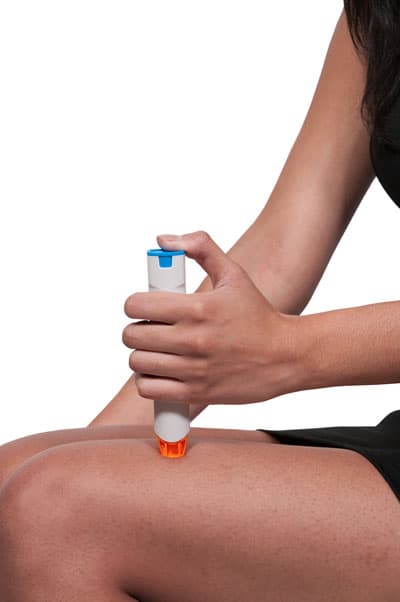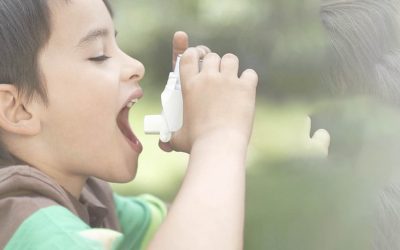Anaphylactic Reaction – What To Do
I’m an allergy parent, and I write the Irritated by Allergies blog for Yummy Mummy Club, as well.
My son has had severe food allergies since birth, so I’ve got six years of handling those allergies, and mitigating his risk of anaphylactic shock. In that time, we’ve had to use his epinephrine auto-injector just once (and it was a false alarm in the end), but I know how scary it is to have to wonder if a reaction is anaphylaxis or not.
It’s important to know how to recognize anaphylactic shock, and take immediate action because anaphylaxis can be fatal. Seconds count.
When To Use Your EpiPen
Someone recently shared a story with me about their allergist’s recommendations regarding use of an EpiPen saying, “Think of it as when you have to use it, not if“, and I think that’s so important.
Understanding that immediate use of an epinephrine auto-injector is imperative can truly save a life.
No Side Effects
Most often, fatalities from anaphylaxis happen because there’s been a delay in administering epinephrine because people tend to worry about side effects (there are no negative ones), or don’t realize it’s actually anaphylaxis.
Symptoms of Anaphylactic Shock
Here are the symptoms of anaphylaxis according to the American College of Allergy, Asthma & Immunology:
• Difficulty breathing
• Hives/swelling
• Throat tightening/Hoarseness
• Nausea/Vomiting
• Abdominal Pain/Diarrhea
• Dizziness/Fainting
• Low Blood Pressure/Rapid Heart Beat
• Feeling of Doom
• Cardiac Arrest
You Must Practice

I cannot stress enough how important it is to be comfortable using an epinephrine auto-injector, and to understand the symptoms.
You can request a practice device from EpiPen, and teach your family, friends, and children how to use them safely.
Get comfortable with the device, and if it’s a child with severe allergies, get them comfortable with it, too. Needles can be scary! But as my son can tell you, injection is so fast, it doesn’t actually hurt much at all.
Anaphylaxis is identifiable when more than one system is involved — so, say, hives plus difficulty breathing would be of great concern.
And while reactions are typically severe within minutes, estimates are that they reach peak severity between 5 and 30 minutes. In up to 35% of cases, a second dose of epinephrine is required, so once you’ve administered that shot, call 9-1-1 immediately and make sure help is on the way.
An Anaphylactic Reaction Can Kill
Given the fact that an anaphylactic reaction can kill within minutes, it’s also important to realize that:
“there are no serious side effects of using an epinephrine auto-injector even if it’s not an anaphylactic reaction.”
Plenty of people have been accidentally injected, or, like my own son, injected when not in anaphylaxis, with no serious side effects.
This is very much a case when being safe is far better than being sorry.
Sources:
World Allergy Org.
ACAII Org.
MedScape
Alexandria is a writer, blogger, entrepreneur and introvert. She’s also the mom of two fantastic kids. You may know her from the Irritated by Allergies blog at Yummy Mummy Club or from her prolific tweeting about life as Clippo on Twitter. She occasionally appears on Daytime Durham, has written articles for various print and online media, and is found most often at her desk, hugging a mug of hot coffee.










